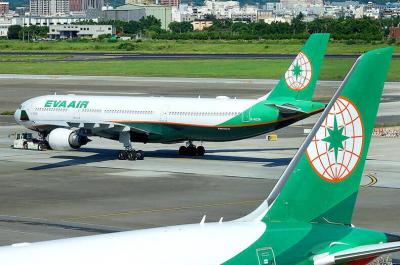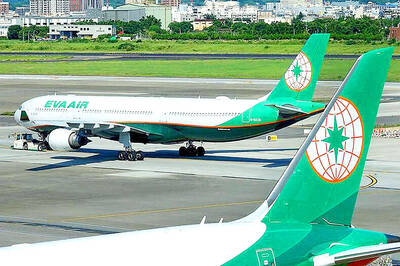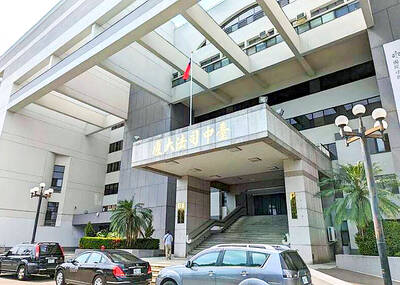Thousands of newly hatched fish, or fry, were released off Penghu on Friday in hopes of restoring the coastal ecosystem and boosting fish stocks for local fishermen as the county pursues sustainable fishing.
The release, organized by the Penghu County Government and Keelung’s National Ocean University marks the beginning of the county’s efforts to shift from open ocean fishing to coastal fishing and eventually to fish farming, Penghu County Agriculture and Fisheries Bureau Director Cheng Ming-yuan (鄭明源) said.
“Earlier this year Penghu suffered from an ocean freeze that killed massive amounts of fish. With shallow sections of the coastal sea, this is bound to happen in low temperatures, but with well-managed fish farms the damage can be better controlled,” Cheng said.
He said the world’s fisheries must turn to aquaculture because “fishing methods are becoming more and more advanced, so fish stocks are plummeting everywhere ... Seafood proteins are bound to come from fish farms in the future.”
Penghu plans to train fishermen in aquaculture and encourage youths who have left Penghu to return and join the fish farming industry, the official said.
“During the release of fish fry, 11 National Ocean University students were among those who participated ... The county encourages such participation and is trying to work with a number of universities to recruit talent,” he said.
The county has also helped dozens of fishermen broaden their skills to pursue other sources of income, such as opening bed and breakfasts.
Penghu hopes to draw more tourists by developing some fishing villages into leisure and tourist spots, Cheng said.
Tourists “can experience the charm of living by the sea and see how local fishermen make their living,” he said.
“The fish in the ocean will one day be gone if we continue to take out large amounts. If we instead teach our tourists how to fish, let them bring in their catch and teach our guests how to cook them, the economical value of a catch increases, while the amount of catches will decrease,” Cheng said.

EVA Airways today confirmed the death of a flight attendant on Saturday upon their return to Taiwan and said an internal investigation has been launched, as criticism mounted over a social media post accusing the airline of failing to offer sufficient employee protections. According to the post, the flight attendant complained of feeling sick on board a flight, but was unable to take sick leave or access medical care. The crew member allegedly did not receive assistance from the chief purser, who failed to heed their requests for medical attention or call an ambulance once the flight landed, the post said. As sick

A drunk woman was sexually assaulted inside a crowded concourse of Taipei Railway Station on Thursday last week before a foreign tourist notified police, leading to calls for better education on bystander intervention and review of security infrastructure. The man, surnamed Chiu (邱), was taken into custody on charges of sexual assault, taking advantage of the woman’s condition and public indecency. Police discovered that Chiu was a fugitive with prior convictions for vehicle theft. He has been taken into custody and is to complete his unserved six-month sentence, police said. On Thursday last week, Chiu was seen wearing a white

EVA Airways, one of the leading international carriers in Taiwan, yesterday said that it was investigating reports that a cabin crew manager had ignored the condition of a sick flight attendant, who died on Saturday. The airline made the statement in response to a post circulating on social media that said that the flight attendant on an outbound flight was feeling sick and notified the cabin crew manager. Although the flight attendant grew increasingly ill on the return flight, the manager did not contact Medlink — a system that connects the aircraft to doctors on the ground for treatment advice during medical

The Taichung District Court yesterday confirmed its final ruling that the marriage between teenage heir Lai (賴) and a man surnamed Hsia (夏) was legally invalid, preventing Hsia from inheriting Lai’s NT$500 million (US$16.37 million) estate. The court confirmed that Hsia chose not to appeal the civil judgement after the court handed down its ruling in June, making the decision final. In the June ruling, the court said that Lai, 18, and Hsia, 26, showed “no mutual admiration before the marriage” and that their interactions were “distant and unfamiliar.” The judge concluded that the couple lacked the “true intention of